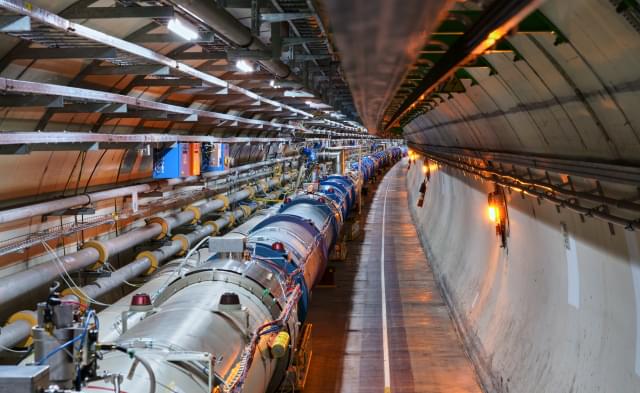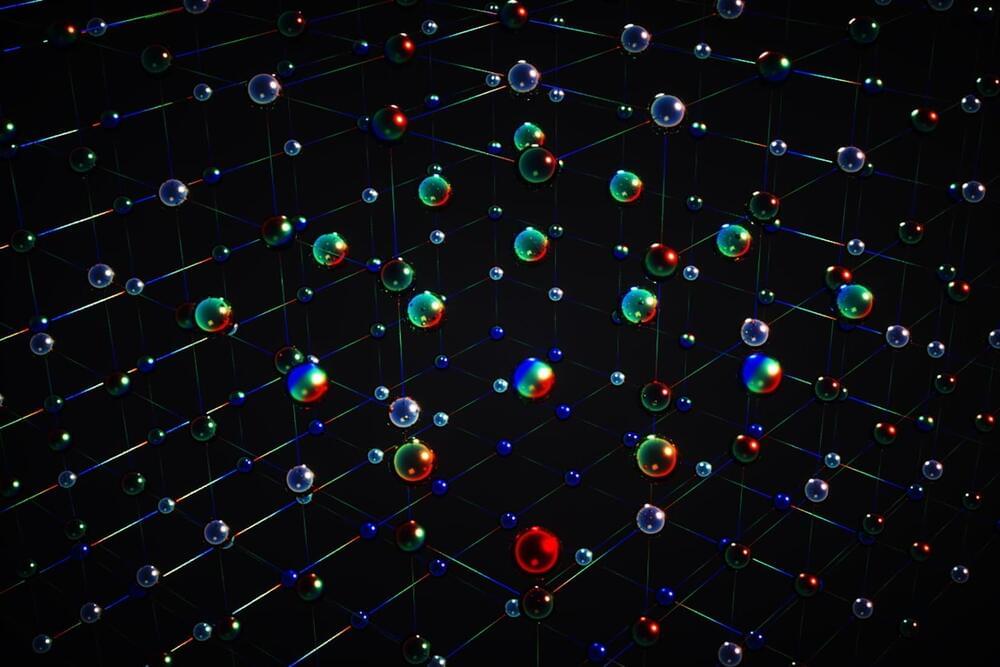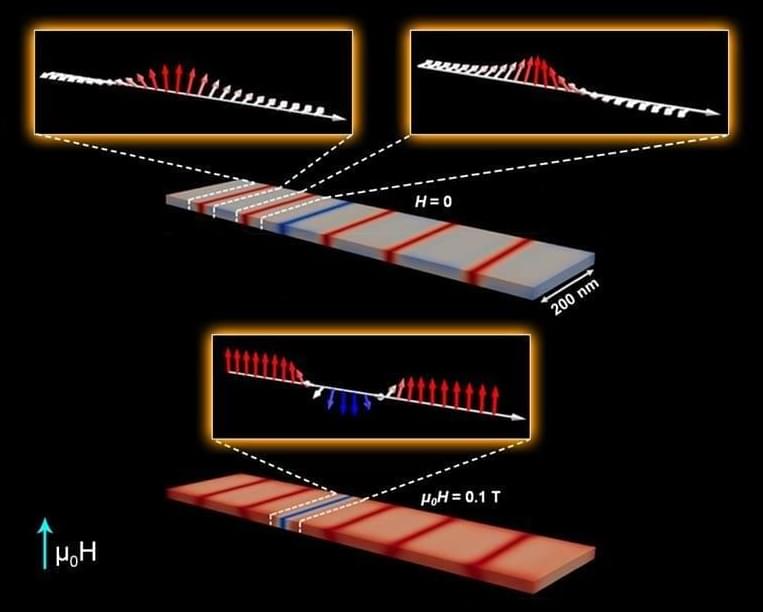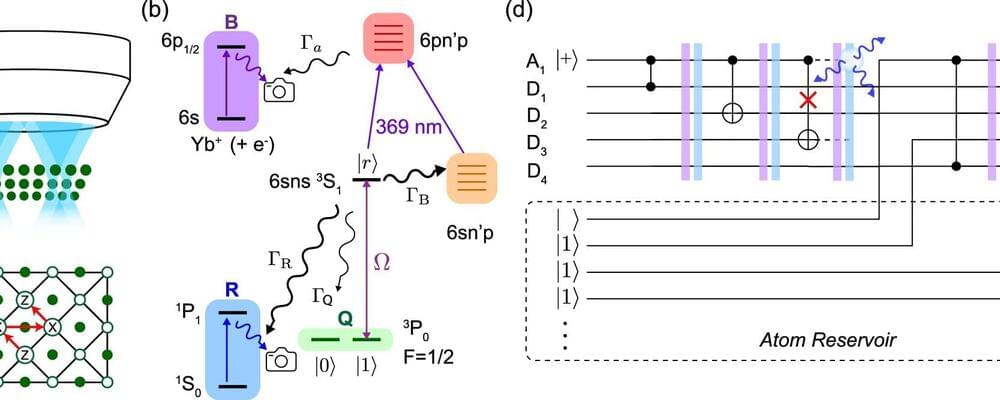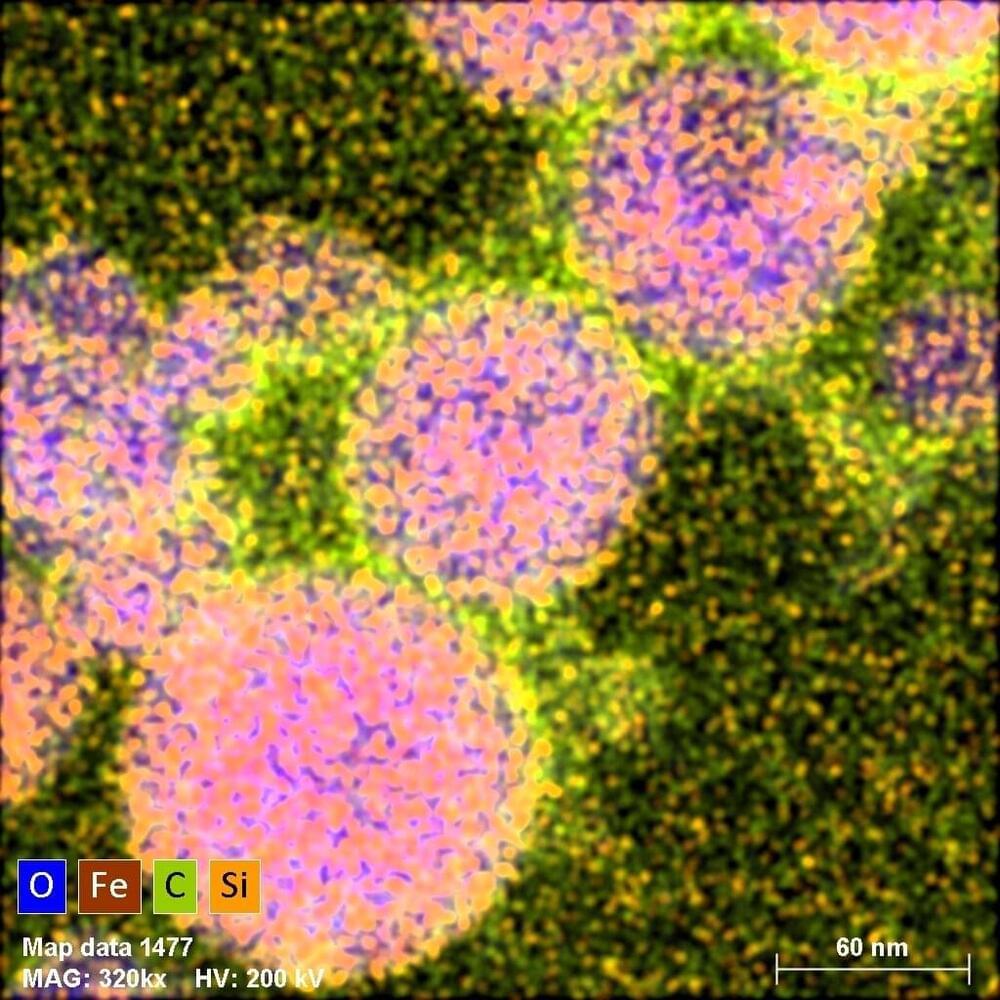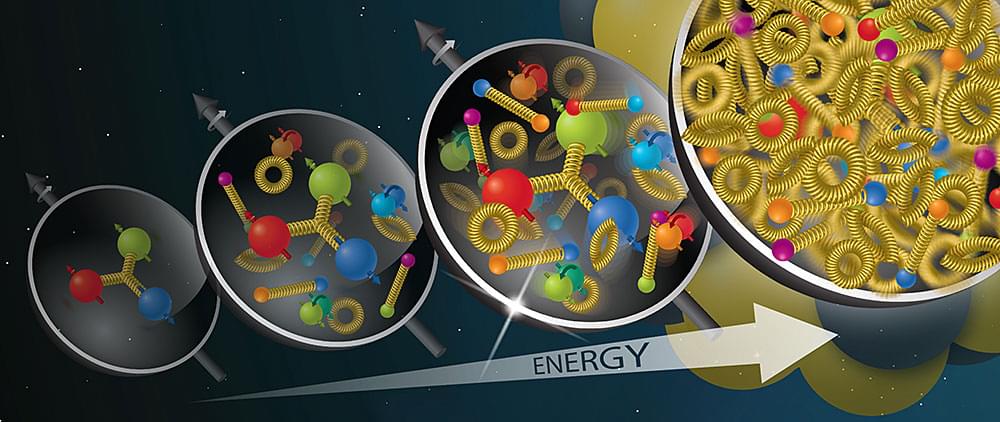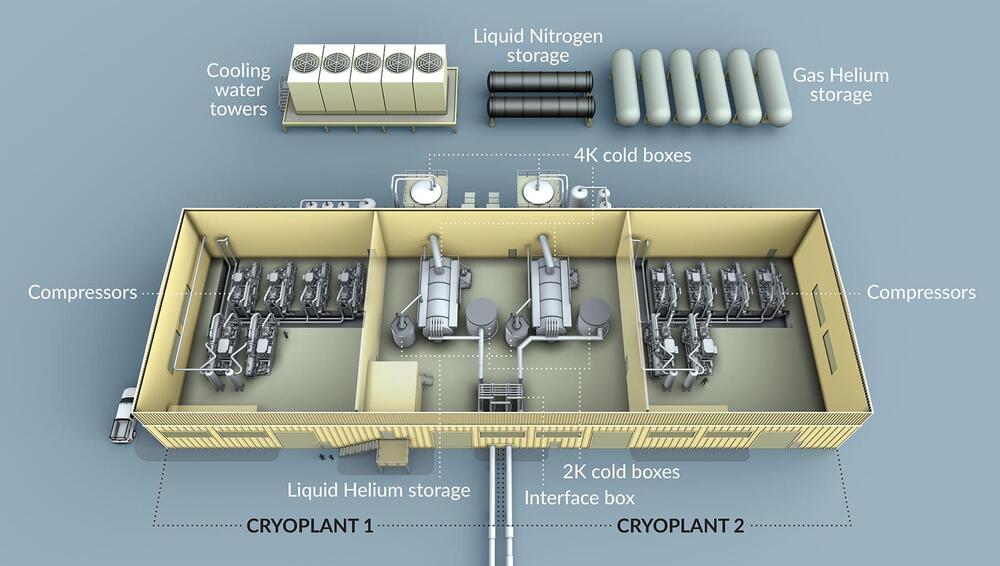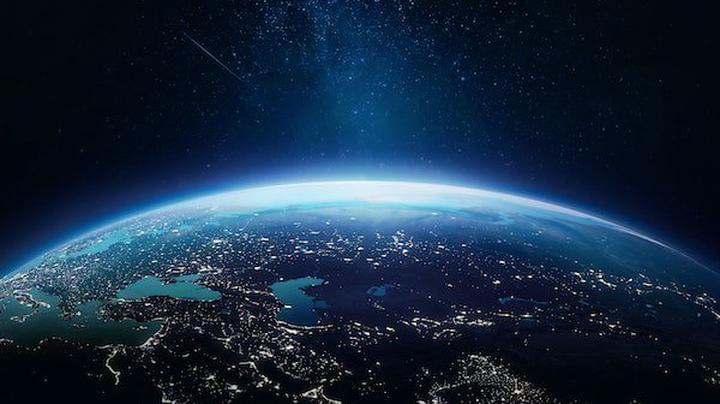Sep 1, 2022
Computational model could speed development of semiconductors useful in quantum applications
Posted by Genevieve Klien in categories: computing, particle physics, quantum physics
Researchers from North Carolina State University used computational analysis to predict how optical properties of semiconductor material zinc selenide (ZnSe) change when doped with halogen elements, and found the predictions were confirmed by experimental results. Their method could speed the process of identifying and creating materials useful in quantum applications.
Creating semiconductors with desirable properties means taking advantage of point defects—sites within a material where an atom may be missing, or where there are impurities. By manipulating these sites in the material, often by adding different elements (a process referred to as “doping”), designers can elicit different properties.
“Defects are unavoidable, even in ‘pure’ materials,” says Doug Irving, University Faculty Scholar and professor of materials science and engineering at NC State. “We want to interface with those spaces via doping to change certain properties of a material. But figuring out which elements to use in doping is time and labor intensive. If we could use a computer model to predict these outcomes it would allow material engineers to focus on elements with the best potential.”
